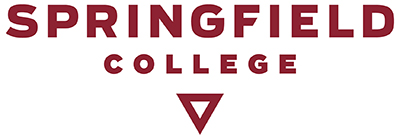GSR - Step 9: Share Research Results
The 3 P's: Publishing, Presentations, and Posters
Traditional ways of sharing the results of your project include conference Presentations, Poster sessions, and Publishing an article in a peer-reviewed journal.
Typically the sharing of your project’s findings include:
- Research areas and evaluation
- Methods or approaches you used
- Products or publications
- Lessons learned, audiences reached, and challenges you encountered along the way
Project investigators of many federal-funded research projects are expected to share with their colleagues and other researchers the results of their projects, the primary data, samples, physical collections and other supporting materials created or gathered in the course of their grant work. Development of a Data Management Plan is often required for some federal applications and can provide a good road map to help you disseminate the results of your grant project.
Tools and Resources for Sharing Your Work
- The Community for Advancing Discovery Research in Education (CADRE) is a NSF-funded resource center with a Dissemination Toolkit that provides tips for creating communication and dissemination plans about your project. The toolkit also has resources to help you develop non-traditional dissemination strategies such as websites, webinars, visualizations, videos, podcasts, social media posts, and more.
- The University of California Curation Center (UC3) provides the DMPTool, a free service that helps researchers and institutions create high-quality data management plans that meet funder requirements. The DMPTool as an international, open source project that primarily serves researchers, organizations, and funders in the US.
- The NSF Dissemination and Sharing of Research Results website is a great resource that includes their Data Sharing Policy, Data Management Plan Requirements, and a Dissemination Plan template.
- NIH Public Access Policy Details which direct that “investigators funded by the NIH submit or have submitted for them to the National Library of Medicine's PubMed Central an electronic version of their final, peer-reviewed manuscripts upon acceptance for publication, to be made publicly available no later than 12 months after the official date of publication: Provided, that the NIH shall implement the public access policy in a manner consistent with copyright law.”

